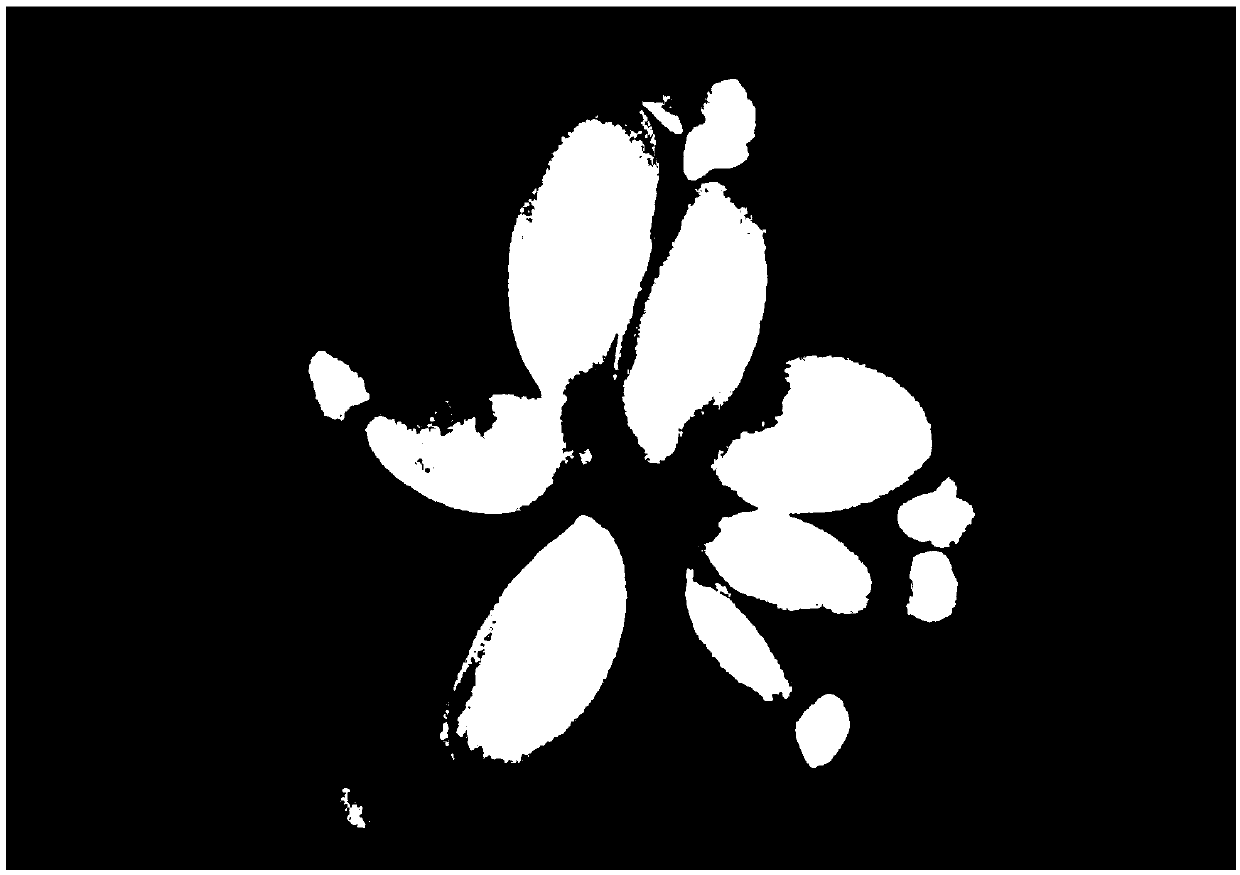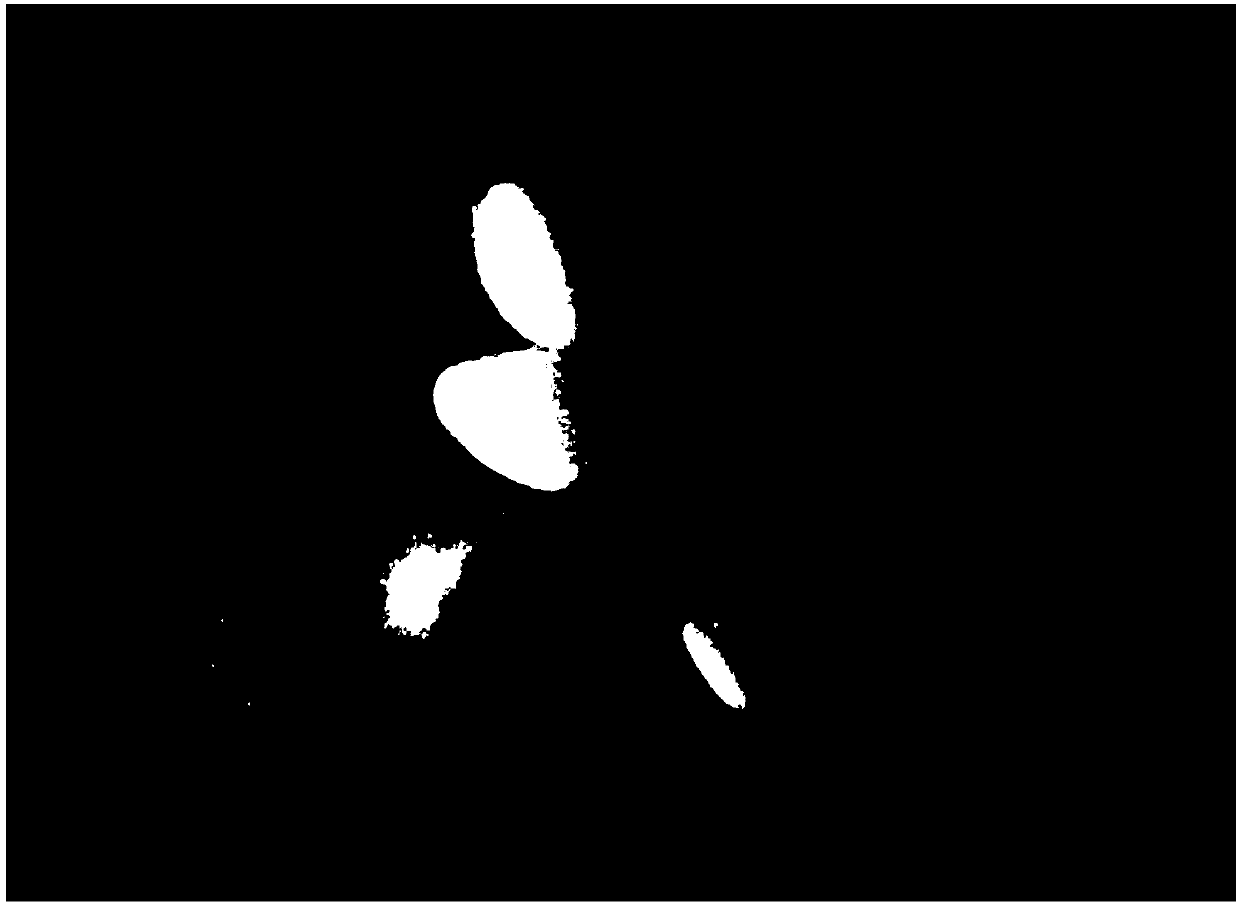A method for observing and processing aphid embryos
A treatment method and aphid technology, applied in the direction of instruments, analytical materials, measuring devices, etc., can solve problems such as salinity, rupture of ovarian tubes, incompleteness, etc., and achieve the effect of overcoming defects
- Summary
- Abstract
- Description
- Claims
- Application Information
AI Technical Summary
Problems solved by technology
Method used
Image
Examples
Embodiment 1
[0028] Under normal temperature and pressure, use a pipette to take 20ml of absolute ethanol, 1ml of ethyl acetate, and 1ml of glycerin; store in a solution bottle and seal it for later use.
[0029] Use a dropper to drop a drop of distilled water on the concave slide, and move a wingless or winged aphid of different ages into the water of the concave slide with a fine brush to prevent the aphids from escaping; set aside.
[0030] Under the binocular stereo dissecting microscope, use two 0-size insect needles to hold the ventral surface of the aphid upward, one insect needle is fixed on the mid-thoracic plate of the aphid, and the other insect needle is gently pressed from front to back along the center of the abdomen. Gently cut open, press the reproductive abdomen with an insect needle to pull out all the ovaries, and remove the mother's shell and other sundries.
[0031] Add 2 drops of the prepared observation solution to completely immerse the embryonic tissue, and the out...
Embodiment 2
[0034] Under normal temperature and pressure, use a pipette to take 30ml of absolute ethanol, 1ml of ethyl acetate, and 1ml of glycerin; store in a solution bottle and seal it for later use.
[0035] Use a dropper to drop a drop of distilled water on the concave slide, and move a wingless or winged aphid of different ages into the water of the concave slide with a fine brush to prevent the aphids from escaping; set aside.
[0036] Under the binocular stereo dissecting microscope, use two 0-size insect needles to hold the ventral surface of the aphid upward, one insect needle is fixed on the mid-thoracic plate of the aphid, and the other insect needle is gently pressed from front to back along the center of the abdomen. Gently cut open, press the reproductive abdomen with an insect needle to pull out all the ovaries, and remove the mother's shell and other sundries.
[0037] Add 2 drops of the prepared observation solution to completely immerse the embryonic tissue, and the out...
Embodiment 3
[0040] Under normal temperature and pressure, use a pipette to take 50ml of absolute ethanol, 1ml of ethyl acetate, and 1ml of glycerin; store in a solution bottle and seal it for later use.
[0041] Use a dropper to drop a drop of distilled water on the concave slide, and move a wingless or winged aphid of different ages into the water of the concave slide with a fine brush to prevent the aphids from escaping; set aside.
[0042] Under the binocular stereo dissecting microscope, use two 0-size insect needles to hold the ventral surface of the aphid upward, one insect needle is fixed on the mid-thoracic plate of the aphid, and the other insect needle is gently pressed from front to back along the center of the abdomen. Gently cut open, press the reproductive abdomen with an insect needle to pull out all the ovaries, and remove the mother's shell and other sundries.
[0043] Add 2 drops of the prepared observation solution to completely immerse the embryonic tissue, and the out...
PUM
 Login to View More
Login to View More Abstract
Description
Claims
Application Information
 Login to View More
Login to View More - R&D Engineer
- R&D Manager
- IP Professional
- Industry Leading Data Capabilities
- Powerful AI technology
- Patent DNA Extraction
Browse by: Latest US Patents, China's latest patents, Technical Efficacy Thesaurus, Application Domain, Technology Topic, Popular Technical Reports.
© 2024 PatSnap. All rights reserved.Legal|Privacy policy|Modern Slavery Act Transparency Statement|Sitemap|About US| Contact US: help@patsnap.com










